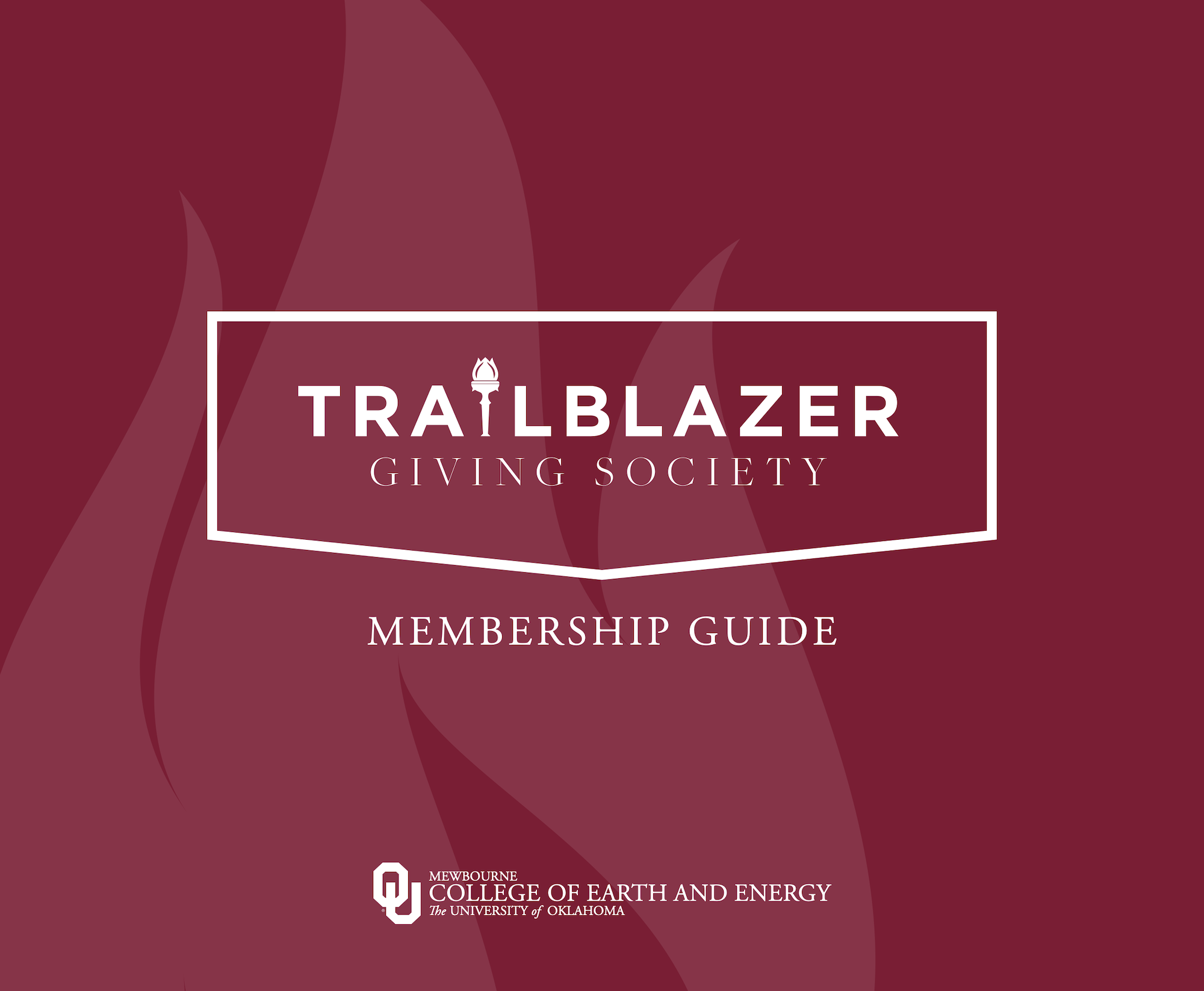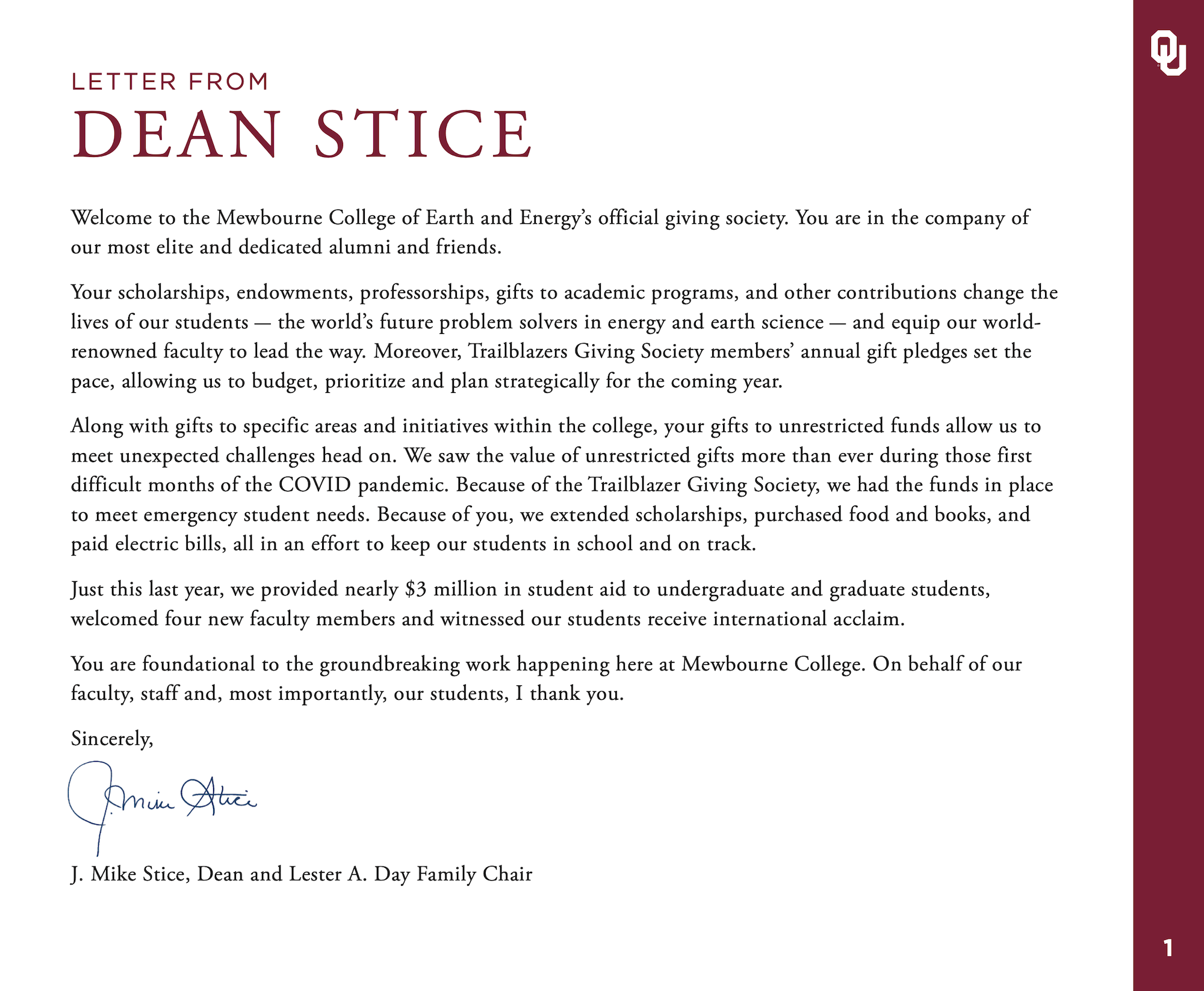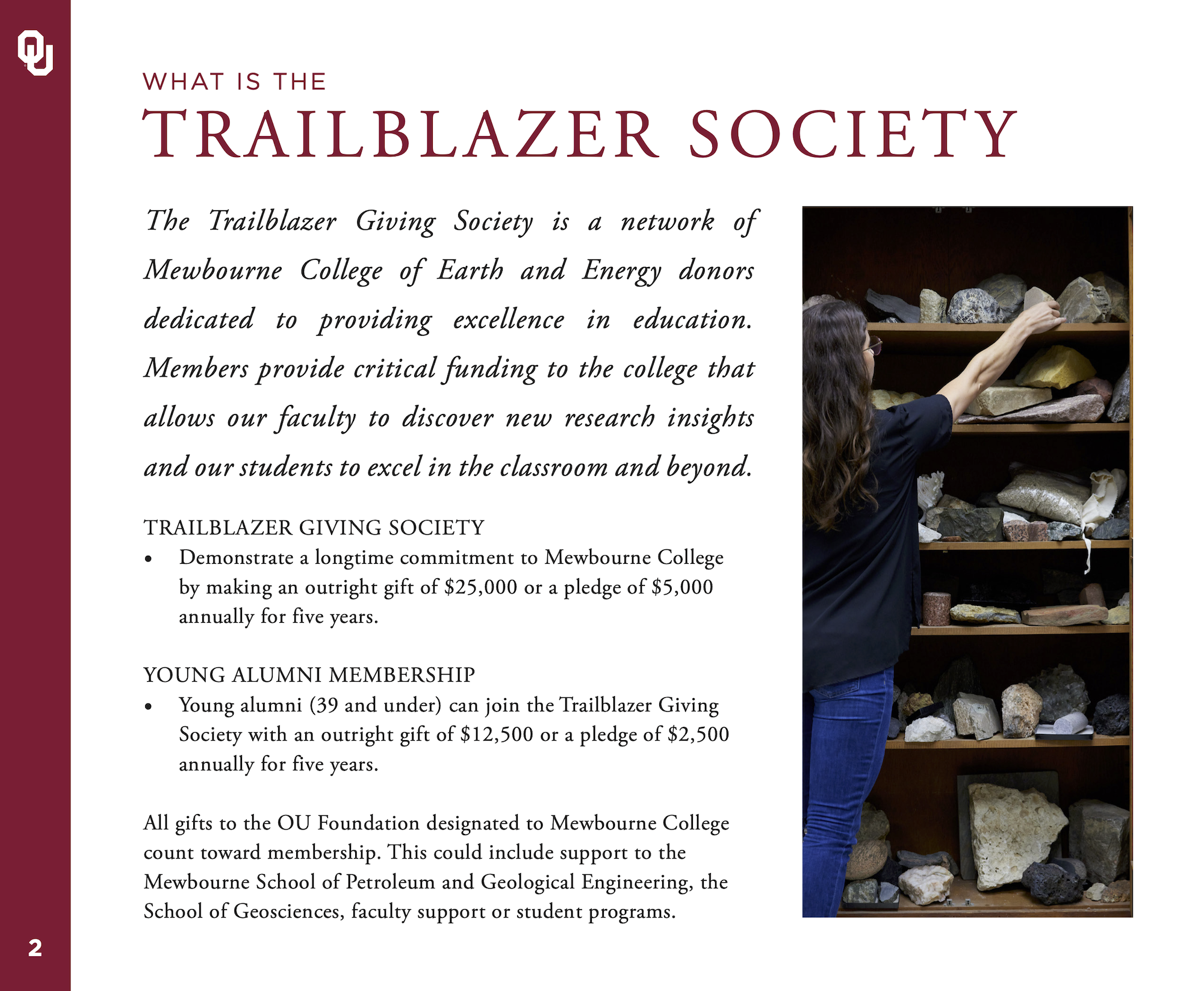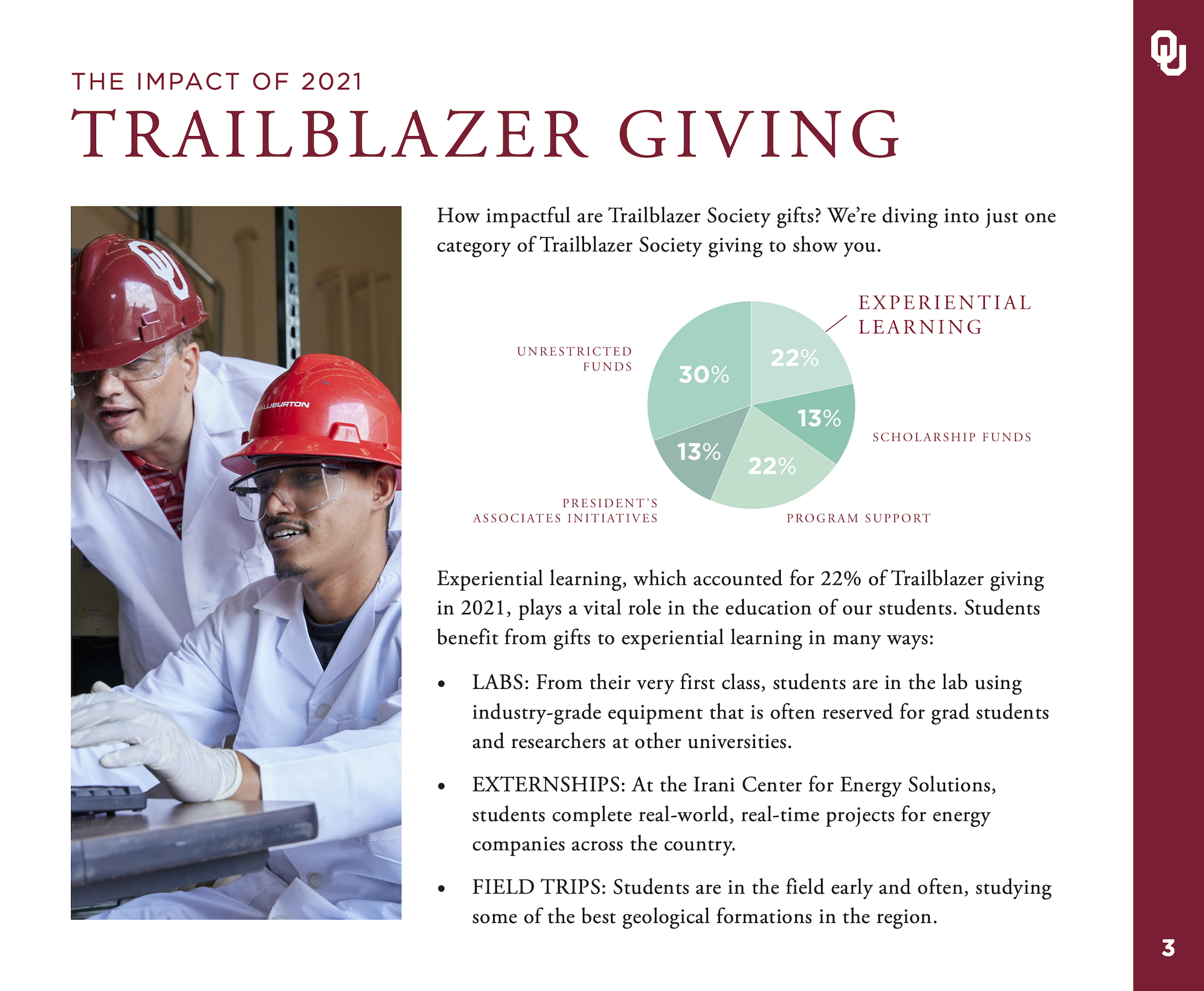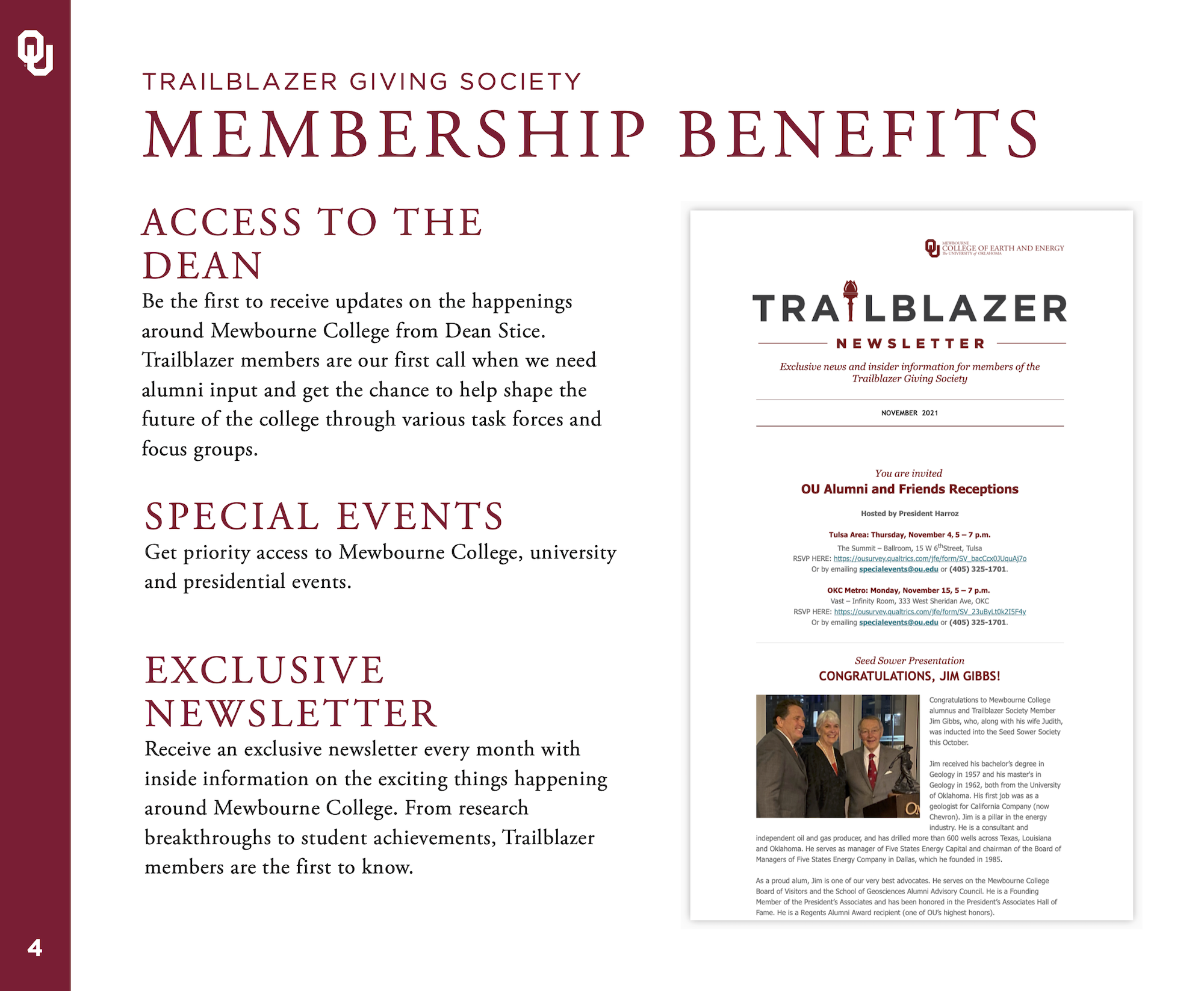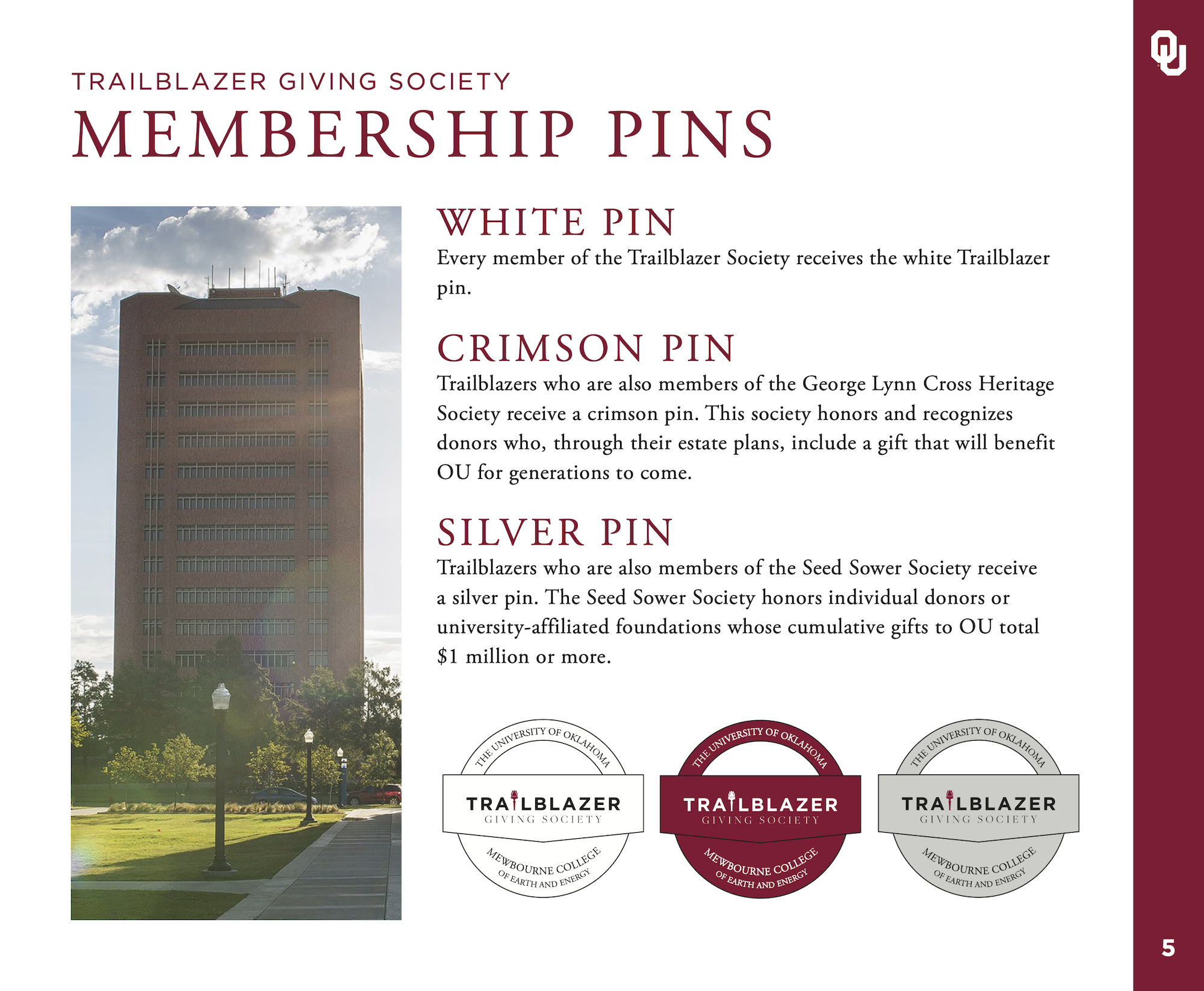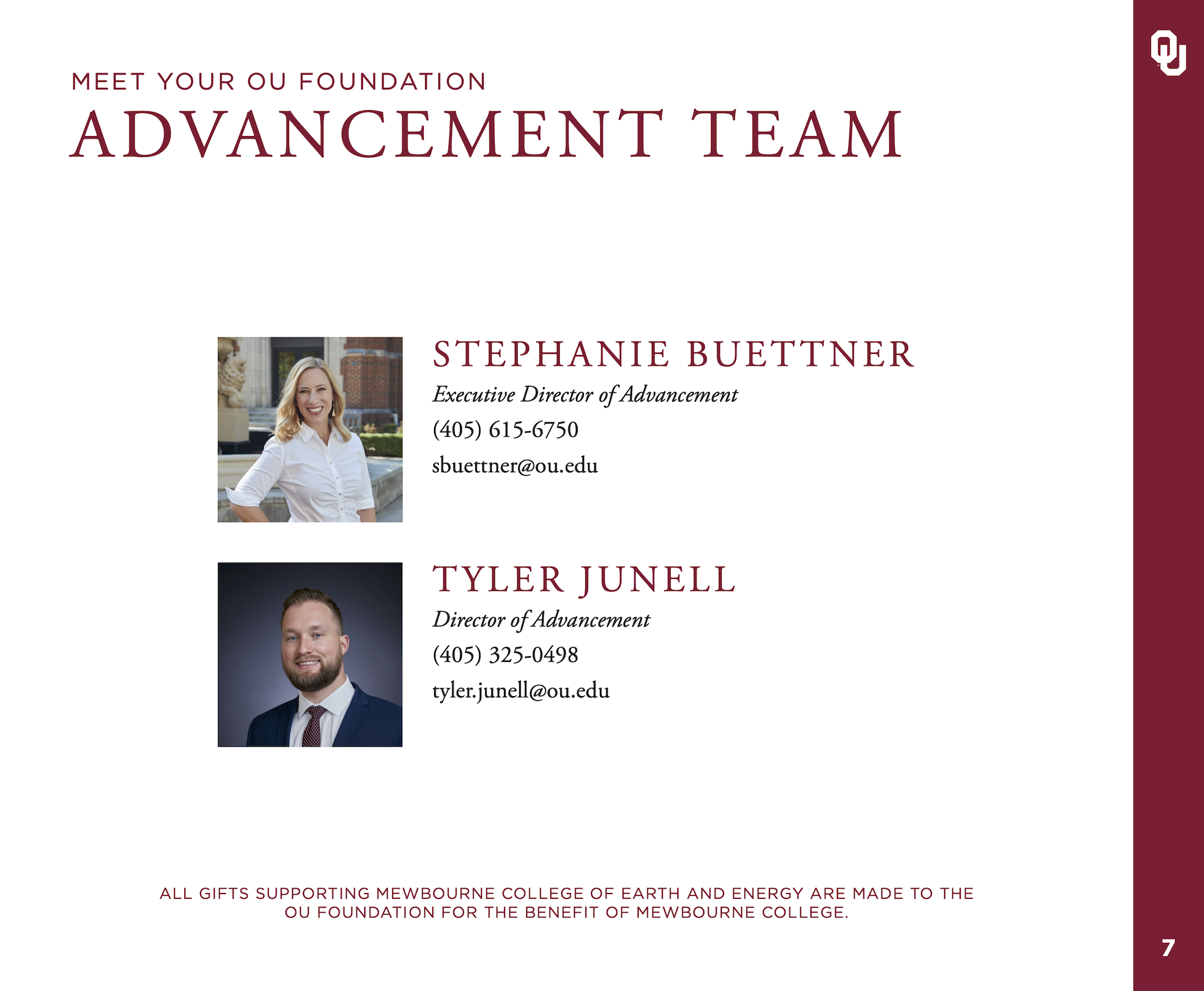Ensure Campaign Success by Identifying Key Publics
A photo of individuals watching a movie. Photo by Aneta Pawlik on Unsplash.
What if I told you that the most crucial element in determining a campaign's success occurs before the campaign is even implemented? Let me explain.
One of the first steps public relations practitioners take when planning a campaign is identifying who our key publics are. In other words, we figure out whom we want to talk to before doing anything else.
“The goal is not to do business with everybody who needs what you have. The goal is to do business with people who believe what you believe.”
Within the world of public relations, a public can be defined as a “group of people that shares a common interest vis-à-vis an organization, recognizes its significance, and sets out to do something about it” (Smith).
Put simply, an organization will have a variety of publics because they share common interests or values with specific groups of people. Through my work as an intern for the University of Oklahoma, the publics I communicate with are our students, faculty, donors, university leadership and more.
Let us dive into the planning process behind one of my projects for OU and how I identified a target public.
Trailblazer Giving Society Membership Guide
The Trailblazer Giving Society is a network of Mewbourne College of Earth and Energy donors dedicated to providing excellence in education. They provide critical funding to the college that helps expand the breadth of the college’s research and help support its students.
I designed this membership guide to recruit new members for the giving society at the society’s annual gala. At the beginning of the planning process, I immediately knew whom we wanted to talk to: individuals who have donated to OU. This public is traditionally an older demographic who are loyal to the university.
How did this public affect the look and feel of the membership guide? I incorporated traditional elements relating to the university to ensure a sense of familiarity – the traditional crimson color palette, interlocking OU logo and serif font helped contribute to this. We found that older donors tend to respond better to conventional designs rather than more contemporary layouts.
Public Analysis
The membership guide proved successful because we talked to the right people at the right time. We garnered a renewed interest in the giving society and successfully recruited new members. Because we established whom we wanted to talk to at the beginning of the process, our intended audience affected the entire design of the publication.
If we had sent this membership guide to young alums, we would not have had the same levels of success that we did with our older donors. It would have proved to be wasteful of the university’s resources, and the campaign would have fallen flat.
An organization that failed to understand its primary public was Coca-Cola in 1985. After Pepsi had surpassed Coke in popularity among consumers, the company decided to change its recipe. To regain Coke’s popularity, the brand ignored its primary public. This resulted in a public outroar among Coke’s loyal fans and forced the company to bring back the original recipe.
Ultimately, the most essential step in planning a PR campaign is simply identifying whom you want to talk to. It is an easy step to oversimplify or skip, but it requires special analysis and attention.
